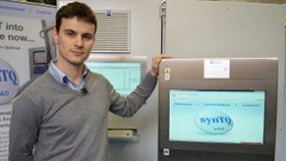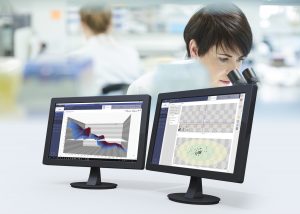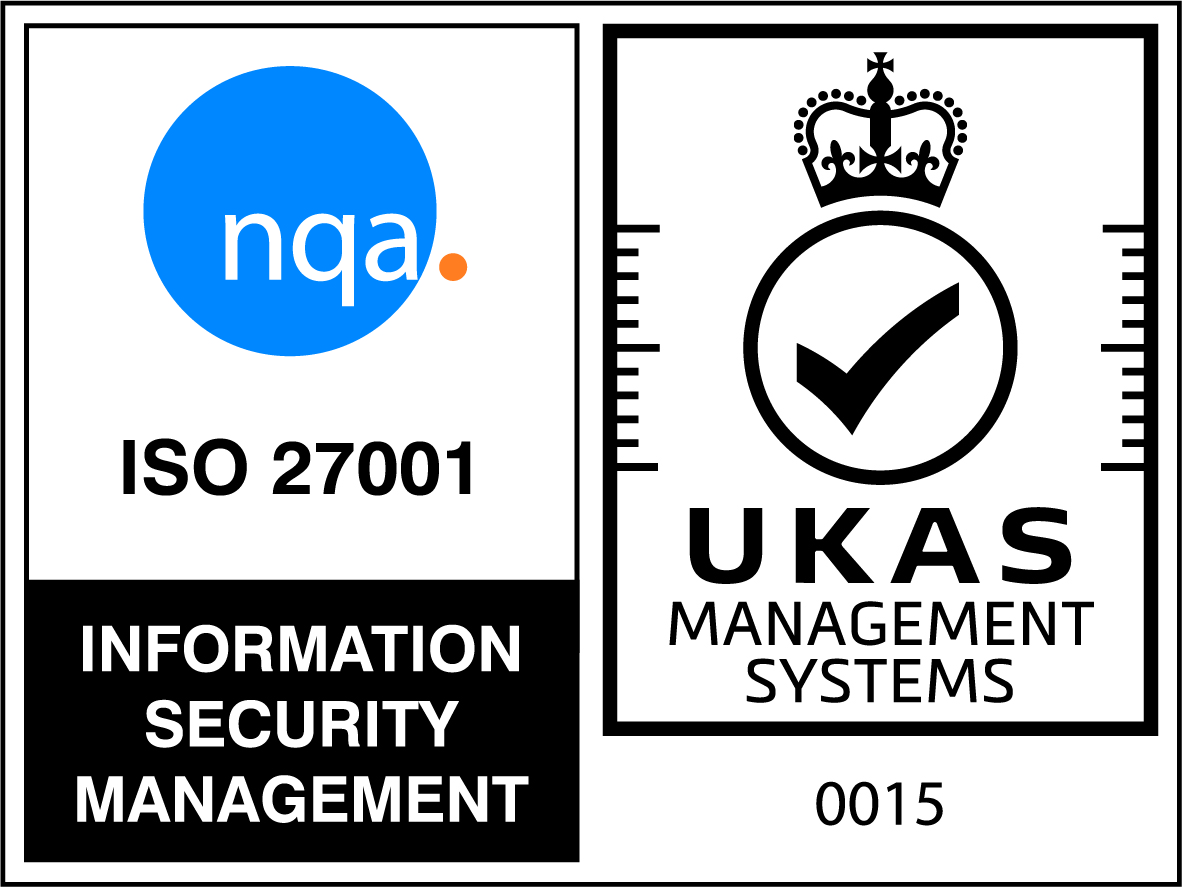
Optimal builds new Ejection seat component test rig for Martin-Baker Aircraft Company Ltd
About: Martin-Baker is the World leading manufacturer and integrator of ejection / crashworthy seats, associated support equipment and survival systems. Based in the UK, Martin-Baker continues to lead the way with new life-saving technologies and designs.
As part of the Martin-Baker drive to improve serviceability of its products, Martin-Baker developed a new automated machine to test Harness Power Retraction Unit (HPRU) Assemblies used on Ejector Seats. Martin-Baker selected Optimal Industrial Automation to provide expertise in developing control algorithms and graphical user interfaces for this machine. Optimal Industrial Automation successfully delivered the qualification programme and was then selected to provide production units which will be used by customers around the world.
Optimal Industrial Automation’s scope of work also included the assembly of HPRU Test Machine (HTM) prototypes, supporting the product development and management of acceptance test phases to achieve compliance with UK Regulations and European Directives.
The Harness Power Retraction Unit (HPRU) assembly is attached to the ejection seat, and features functionality equivalent to a car seat belt.
The HPRU performs the following functions:
- Extend and retract allowing the pilot freedom of movement during normal flight.
- Restrain the pilot when gravity limits are exceeded e.g. when the aircraft is in a dive or climb
- Restrain the pilot when high decelerations occur to prevent impact with the console e.g. during sudden stops, crash during taxiing, etc.
- Restrain the pilot manually on demand by means of an HPRU Lock override lever
- Once the ejection sequence is initiated the HPRU retracts and restrains the pilot:
- This ensures the correct posture protecting the human body when it is exposed to the significant ejection acceleration forces.
- It also ensures the pilot’s body and limbs are clear of the aircraft interior during ejection which could be impacted causing injuries.
- The HPRU then releases the seat from the pilot & parachute after the ejection.
Needless to say the HPRU is a critical component in the Ejector Seat system.
Each ejection seat has a specific maintenance schedule which must be adhered to in order to guarantee the safe operation of the seat, and now with the new HTM machine the time to complete the HPRU maintenance activities will be significantly reduced. Since the first Martin Baker ejection in 1946 the company estimates a total of 7,429 lives have been saved by their ejection seats and this improvement in the testing of those seats will contribute towards assuring continued pilot safety.
The legacy Acceleration Test Rig has been in-service for 30 years. The legacy Acceleration Test Rig comprises a large flywheel driven by an electric motor connected to a sliding stage via a connecting rod (con-rod), this mechanical configuration produces a simple harmonic motion test profile. To ensure test repeatability the legacy Acceleration Test Rig is calibrated periodically.
Conversely the new HTM employs servomotors, drives, motion controllers, rotary and linear slides to provide a configuration that can produce a variety of motion profiles allowing one machine to test many products and uses a control system that reduces human error.
The challenge for Optimal Industrial Automation was to replicate the same simple harmonic motion profile as the legacy Acceleration Test Rig using hardware and software within the new HTM to ensure that the same test methodology could be maintained. Optimal developed a control code with built-in test removing the need for calibration, saving the end user time and money usually required in managing and controlling calibration assets.
The HTM comprises a servo driven linear slide which is programmed to operate with a precise motion profile, with built in over-torque devices the machine prevents any damage to the HPRU under test and the machine itself. The HTM also features a tilting function which replicates the angle of flight of the aircraft e.g. a dive or climb and executes specific acceptance tests.
Martin Gadsby, Director of Optimal comments: “We have been able to use our expertise in automation integration and motion control and our experience in managing military contracts, to deliver a turnkey solution for this crucial piece of test equipment. We have had to implement a number of new systems for this project to ensure we complied with all of the requirements involved in dealing with military aircraft components. That has included a new audit process as well as maintaining additional records with regard to materials and personnel.”
The HMI software developed by Optimal has been carefully designed to use as little text as possible to help customers whose native language is not English. In this way it has reduced any opportunity for incorrect interpretation of the test results. Martin-Baker supplies ejection seats for 93 air forces worldwide and the test rig could potentially be required by all of them, hence the universality of the user interface is important.
The HTM has also been subjected to a rigorous test regime, including high and low temperature testing, humidity testing, EMC and Low Voltage, noise, vibration and endurance tests, endorsing the product for longevity for the military bases around the world.
The HTM has several benefits over the original. Foremost is the speed with which the tests can be completed and the short time required to change the rig to test a different model of HPRU unit. To date, Martin Baker has produced around 75,000 ejection seats to date, covering approximately 20 types of seat design which means the new test rig represents a significant reduction in inventory for some operators.



